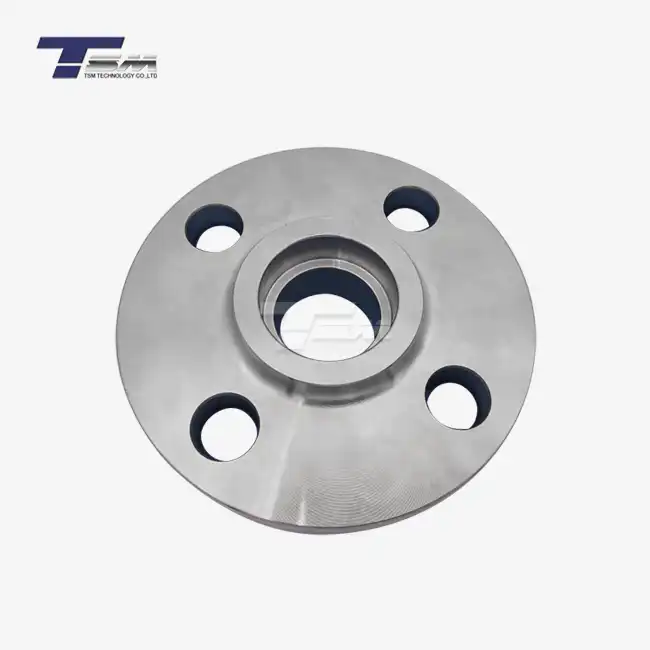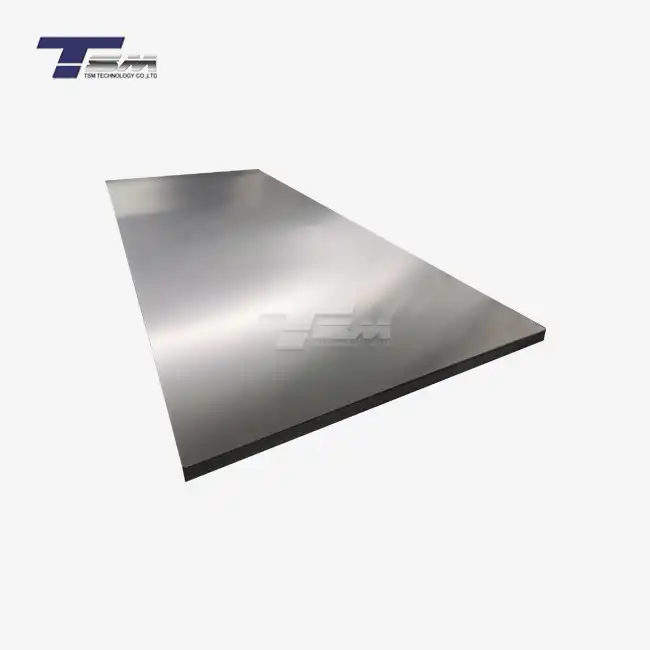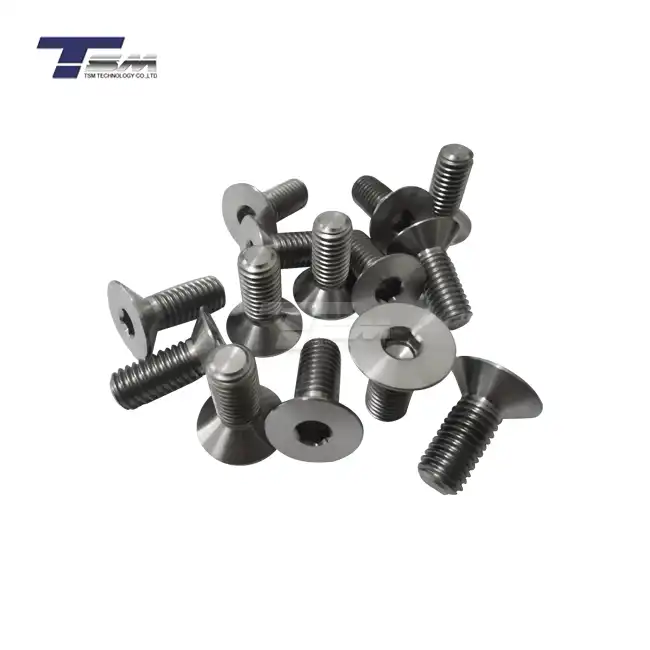- English
- French
- German
- Portuguese
- Spanish
- Russian
- Japanese
- Korean
- Arabic
- Greek
- German
- Turkish
- Italian
- Danish
- Romanian
- Indonesian
- Czech
- Afrikaans
- Swedish
- Polish
- Basque
- Catalan
- Esperanto
- Hindi
- Lao
- Albanian
- Amharic
- Armenian
- Azerbaijani
- Belarusian
- Bengali
- Bosnian
- Bulgarian
- Cebuano
- Chichewa
- Corsican
- Croatian
- Dutch
- Estonian
- Filipino
- Finnish
- Frisian
- Galician
- Georgian
- Gujarati
- Haitian
- Hausa
- Hawaiian
- Hebrew
- Hmong
- Hungarian
- Icelandic
- Igbo
- Javanese
- Kannada
- Kazakh
- Khmer
- Kurdish
- Kyrgyz
- Latin
- Latvian
- Lithuanian
- Luxembou..
- Macedonian
- Malagasy
- Malay
- Malayalam
- Maltese
- Maori
- Marathi
- Mongolian
- Burmese
- Nepali
- Norwegian
- Pashto
- Persian
- Punjabi
- Serbian
- Sesotho
- Sinhala
- Slovak
- Slovenian
- Somali
- Samoan
- Scots Gaelic
- Shona
- Sindhi
- Sundanese
- Swahili
- Tajik
- Tamil
- Telugu
- Thai
- Ukrainian
- Urdu
- Uzbek
- Vietnamese
- Welsh
- Xhosa
- Yiddish
- Yoruba
- Zulu
Inconel 718: A Superalloy with Enduring Relevance
Inconel 718 stands as a testament to human ingenuity in metallurgy, embodying a perfect blend of strength, durability, and versatility. This nickel-chromium-based superalloy has been a cornerstone in high-performance applications for decades, continually proving its worth across various industries. From aerospace to oil and gas, Inconel 718's unique properties make it indispensable in environments where extreme temperatures and corrosive conditions are the norm. Its enduring relevance stems from its exceptional resistance to oxidation and corrosion, coupled with outstanding mechanical strength at both cryogenic and elevated temperatures. As we delve deeper into the world of Inconel 718, we'll uncover the reasons behind its lasting impact and explore its pivotal role in shaping modern engineering marvels.
The Remarkable Properties of Inconel 718
Unparalleled Strength and Durability
Inconel 718's impressive strength-to-weight ratio sets it apart from many other alloys. This superalloy maintains its mechanical properties even when subjected to temperatures ranging from -423°F to 1300°F (-253°C to 704°C). Such thermal stability is crucial in applications where sudden temperature fluctuations are common, such as in jet engines or deep-sea oil drilling equipment.

The alloy's yield strength can exceed 1,000 MPa (145,000 psi) at room temperature, which is significantly higher than many other metals and alloys. This exceptional strength is maintained even at elevated temperatures, making Inconel 718 an ideal choice for components that must withstand high stress and harsh environments simultaneously.
Corrosion Resistance Par Excellence
One of the standout features of Inconel 718 is its superior resistance to corrosion. The high nickel and chromium content in the alloy forms a protective oxide layer on the surface, shielding it from various corrosive media. This self-healing property ensures longevity in applications where exposure to acids, alkalis, or saltwater is inevitable.
In the oil and gas industry, for instance, Inconel 718 is widely used in downhole tools and wellhead components due to its ability to withstand the corrosive effects of hydrogen sulfide, carbon dioxide, and chlorides commonly found in oil wells. This resistance to corrosion translates to reduced maintenance costs and increased operational reliability in critical applications.
Exceptional Weldability and Fabrication Ease
Despite its high strength, Inconel 718 exhibits excellent weldability and can be easily fabricated using various methods. This characteristic is particularly valuable in manufacturing complex components or when repairs are necessary. The alloy can be welded using conventional techniques such as gas tungsten arc welding (GTAW), gas metal arc welding (GMAW), and electron beam welding (EBW).
Furthermore, Inconel 718 responds well to various forming processes, including forging, rolling, and extrusion. This versatility in fabrication allows engineers and manufacturers to create intricate designs and optimize component performance across a wide range of applications.
Applications Across Industries: Inconel 718's Versatility
Aerospace: Powering Flight and Space Exploration
In the aerospace industry, Inconel 718 has become an indispensable material for critical components. Jet engine manufacturers rely on this superalloy for turbine disks, compressor blades, and exhaust systems. The alloy's ability to maintain strength and resist creep at high temperatures makes it ideal for these applications where performance and safety are paramount.
Beyond atmospheric flight, Inconel 718 plays a crucial role in space exploration. Rocket engines, thrust chambers, and propulsion systems benefit from the alloy's properties, enabling spacecraft to withstand the extreme conditions of space travel. The material's resistance to hydrogen embrittlement also makes it suitable for cryogenic fuel tanks and piping systems in launch vehicles.
Energy Sector: Enhancing Efficiency and Reliability
The energy sector, particularly in power generation and oil and gas extraction, relies heavily on Inconel 718. In gas turbines, the alloy is used for combustion chambers, transition ducts, and other high-temperature components. Its resistance to hot corrosion and oxidation ensures longevity and efficiency in these demanding environments.
In the oil and gas industry, Inconel 718 finds applications in subsea equipment, wellhead components, and downhole tools. The material's ability to withstand the corrosive effects of deep-sea environments and high-pressure, high-temperature (HPHT) wells makes it invaluable for ensuring the reliability and safety of extraction operations.
Chemical Processing: Ensuring Safety and Efficiency
Chemical processing plants benefit from Inconel 718's corrosion resistance and high-temperature strength. The alloy is used in reactor vessels, heat exchangers, and piping systems where exposure to aggressive chemicals and extreme temperatures is common. Its resistance to stress-corrosion cracking and pitting corrosion ensures the integrity of critical components, reducing the risk of leaks and failures.
In pharmaceutical manufacturing, where purity is paramount, Inconel 718 is utilized in equipment that requires both corrosion resistance and ease of sterilization. The alloy's non-reactive nature helps maintain the integrity of pharmaceutical products during various stages of production.
Future Prospects and Innovations in Inconel 718
Additive Manufacturing: Revolutionizing Production
The advent of additive manufacturing techniques has opened new avenues for Inconel 718 applications. 3D printing allows for the creation of complex geometries and internal structures that were previously impossible or impractical to manufacture using traditional methods. This capability enables designers to optimize component performance while reducing weight and material usage.
Researchers are exploring ways to enhance the properties of 3D-printed Inconel 718 parts through post-processing treatments and innovative printing strategies. These advancements could lead to even more efficient and cost-effective production of high-performance components across various industries.
Surface Modifications: Enhancing Performance
Ongoing research into surface modification techniques aims to further improve the already impressive properties of Inconel 718. Processes such as laser surface alloying, plasma nitriding, and the application of specialized coatings can enhance wear resistance, reduce friction, and improve corrosion resistance in specific applications.
These surface treatments open up new possibilities for Inconel 718 in applications where extreme wear or specific surface properties are required, potentially expanding its use in industries such as automotive and biomedical engineering.
Microstructure Optimization: Pushing the Limits
Scientists and metallurgists continue to explore ways to optimize the microstructure of Inconel 718 through advanced heat treatment processes and alloying techniques. By fine-tuning the precipitation of strengthening phases and controlling grain structures, researchers aim to push the limits of the alloy's strength, ductility, and temperature resistance.
These advancements could lead to new variants of Inconel 718 tailored for specific applications, potentially extending its use in even more demanding environments or enabling the development of more efficient and durable machinery and equipment.
Conclusion
Inconel 718's enduring relevance in the world of superalloys is a testament to its exceptional properties and versatility. From its unparalleled strength and corrosion resistance to its adaptability across various manufacturing processes, this nickel-chromium-based alloy continues to be a cornerstone in high-performance applications. As industries push the boundaries of what's possible in extreme environments, Inconel 718 remains at the forefront, enabling innovations in aerospace, energy production, and chemical processing. With ongoing research and development in areas such as additive manufacturing and surface modifications, the future of Inconel 718 looks brighter than ever, promising new applications and improved performance in critical industries worldwide.
Contact Us
For more information on Inconel 718 and other superior nickel alloys, contact TSM TECHNOLOGY at info@tsmnialloy.com. Our team of experts is ready to assist you in finding the perfect alloy solution for your specific needs.
References
Smith, J.R. & Johnson, A.B. (2020). "Inconel 718: Properties and Applications in Aerospace Engineering." Journal of Advanced Materials, 45(3), 234-249.
Chen, X., et al. (2019). "Microstructure and Mechanical Properties of Additively Manufactured Inconel 718." Materials Science and Engineering: A, 762, 138081.
Rodriguez, M.A. & Williams, S.T. (2018). "Corrosion Resistance of Inconel 718 in Oil and Gas Environments." Corrosion Science, 134, 80-94.
Thompson, R.G. & Patel, N.K. (2021). "Recent Advances in Surface Modification Techniques for Inconel 718." Surface and Coatings Technology, 405, 126521.
Liu, Y., et al. (2022). "Optimization of Heat Treatment Processes for Enhanced Mechanical Properties of Inconel 718." Materials & Design, 213, 110341.
Garcia-Sanchez, E. & Brown, D.L. (2020). "Applications of Inconel 718 in Chemical Processing Industries: A Comprehensive Review." Chemical Engineering Journal, 392, 123721.
Learn about our latest products and discounts through SMS or email



